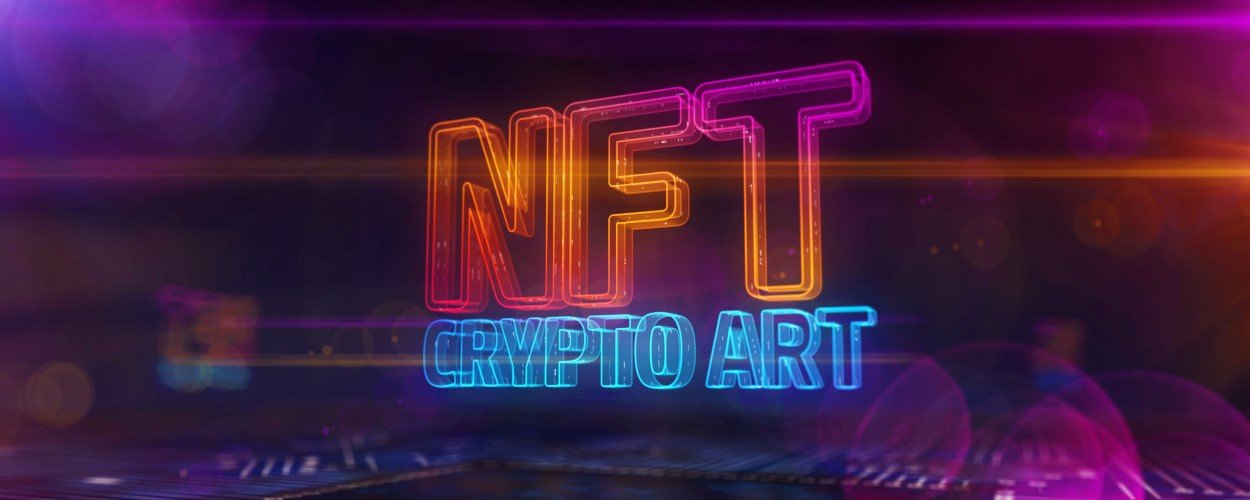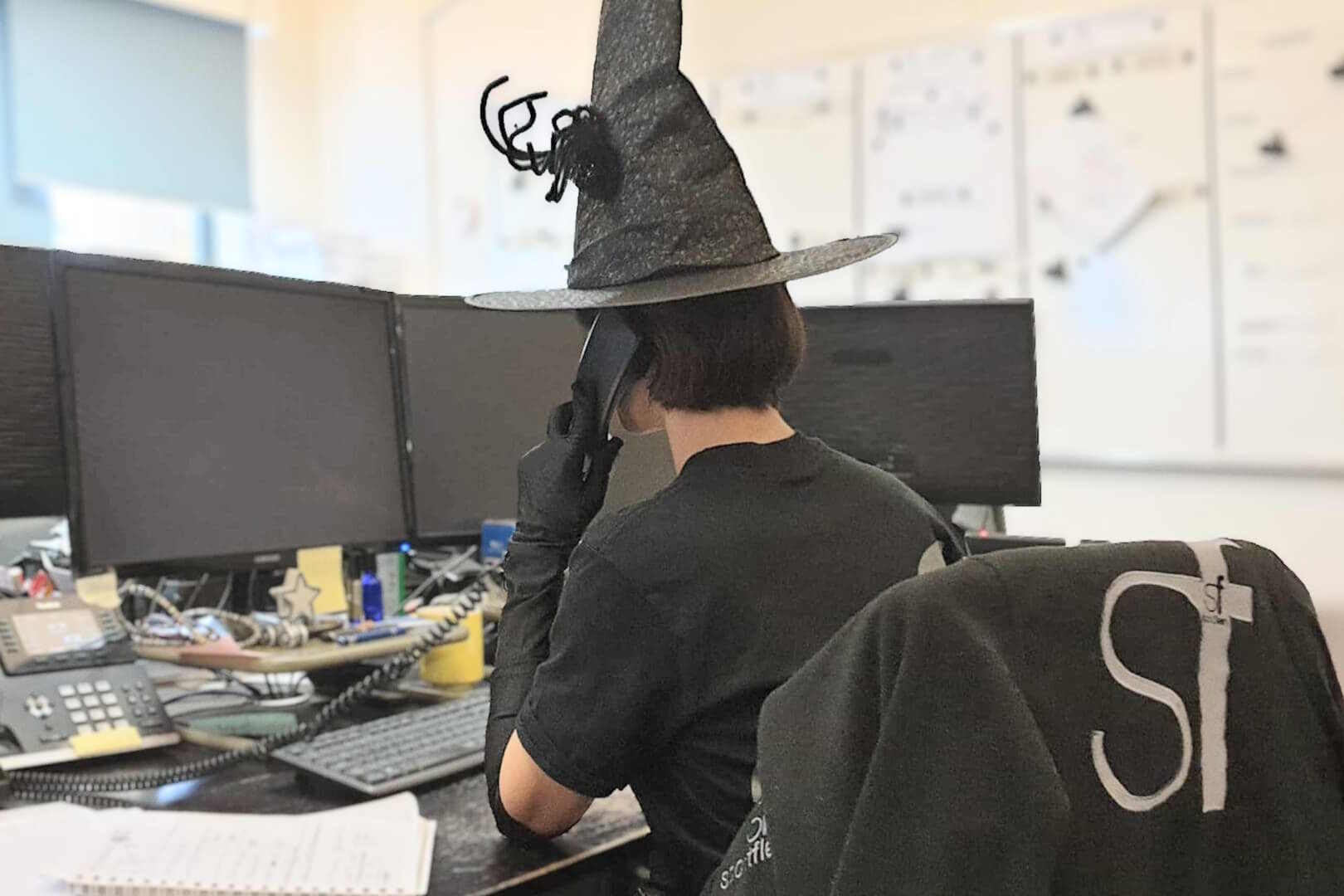A non-fungible token craze – What is it and why is it on the rise?
A non-fungible token craze – What is it and why is it on the rise?
Non-fungible tokens (NFTs) have hit the headlines in recent weeks and are suddenly getting Googled a lot. For those who don't have a lot of experience with blockchain or cryptocurrency anything like this can seem like a confusing concept and even an unnecessary one. However, given the popularity of NFTs and their potential use in terms of authentication, they are a concept worth getting to grips with. So, what do you want to know?
What is a non-fungible token?
At its most basic, the NFT is a certificate of authenticity. It could be used for a ‘real life’ asset but its popularity at the moment is in attaching the NFT to digital assets (where it’s much more difficult to spot copies and fakes). The NFT is a unique digital file and it’s stored on a blockchain network. If any changes are made to the NFT then these are done publicly so it’s essentially impossible to swap a genuine NFT for a fake one and if you’re buying something with an NFT attached then you have a transparent and permanent record of the chain of custody of the item.
NFTs and bitcoin?
Bitcoin is a fungible token so this – and other cryptocurrencies – are kind of the opposite of NFTs. Any bitcoin that you hold will be equal to any other bitcoin. The difference with NFTs is that they are completely unique.
So, how can you use NFTs?
The way that NFTs are currently proving to be the most useful is when it comes to authentication and proving ownership. The file itself doesn’t contain any of the item in question but instead is a contract that shows who owns the item and which may also contain a direct link to that item. Just recently they have been seen everywhere, especially in the art world. Graphic artist Beeple, for example, created a piece called “Everydays: The First 5,000 Days,” a unique digital artwork that is made up of 13 and half years worth of digital pictures posted every day. The digital artwork was recently sold at the auction house Christie’s and came with an NFT as a guarantee of its authenticity. The sale of the artwork generated $69,346,250. This was the first time that a major auction house had offered a purely digital artwork with an NFT attached.
What about the trading trend?
As well as serving as an authentication certificate, NFTs themselves are being traded, for example:
- Actor William Shatner and singer TekWar created a series of trading cards featuring images from the actor’s career (e.g. his first modelling shot) and listed them as unique digital tokens to sell online.
- The CryptoKitties game enables trading of collectible NFTs related to virtual cats.
- Trading cards have been created out of popular NBA clips and sold online.
Buying and selling NFTs might seem baffling to many people, even if they do relate to famous actors, the NBA or cats. However, there is a clear use for this technology in authentication and that’s one of the main reasons it’s currently on the rise.
To get in touch on how Scott Fleary is using technology in pushing the boundaries of set design agency, get in touch today.
Still Have Questions?
Our friendly team is here to help you out.

